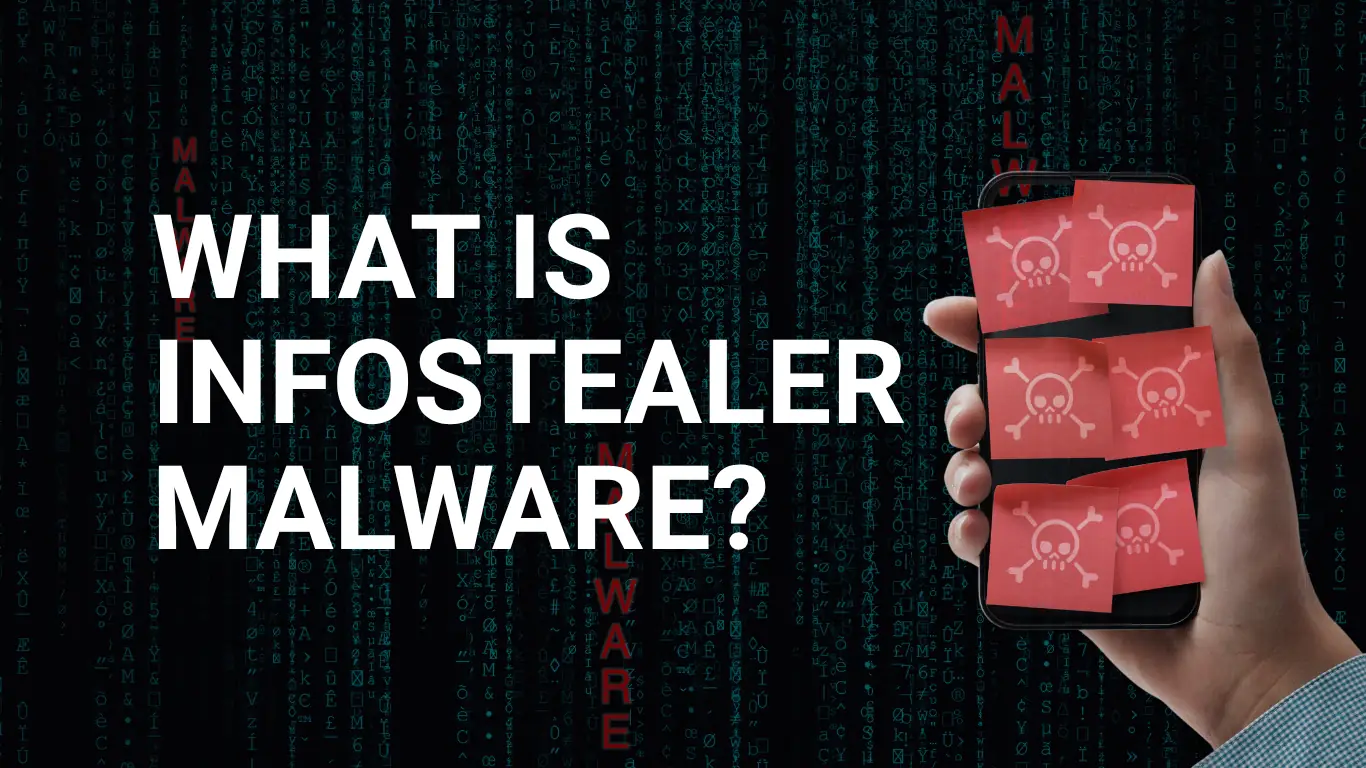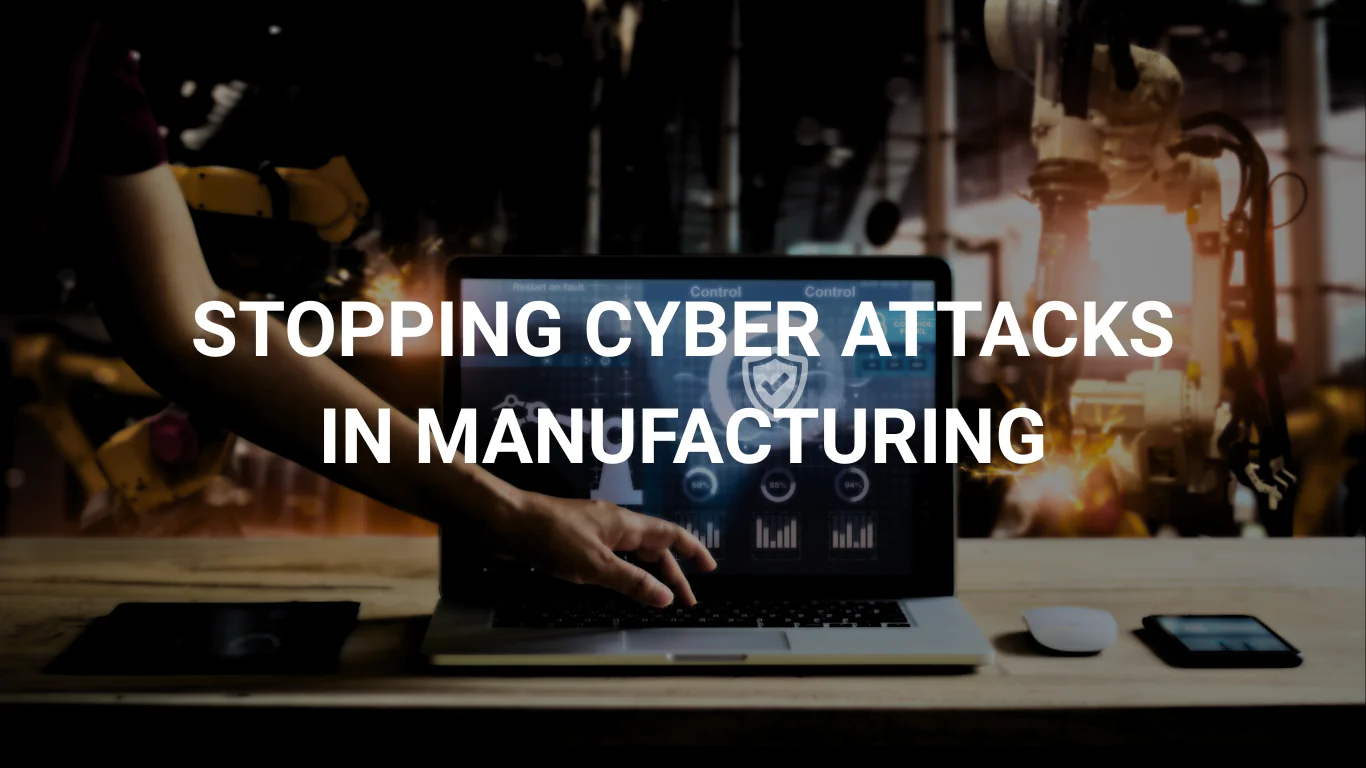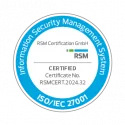Buyer’s Guide To Managed Detection & Response (MDR)
What is MDR?
Managed detection and response (MDR) is a cybersecurity service that provides businesses with 24/7 monitoring and threat detection for their IT infrastructure. This can help businesses identify and respond to security threats quickly and effectively, essential for protecting their data and assets.
MDR is like having a team of security experts on call 24/7 to watch over your company’s IT systems for signs of trouble. They use a variety of tools and techniques to monitor your systems for suspicious activity, and they can quickly investigate and respond to any threats that they find.
MDR can be a great way for businesses of all sizes to improve their cybersecurity posture. It can help businesses to:
- Reduce the risk of data breaches
- Improve incident response time
- Meet regulatory compliance requirements
- Save money on security costs
Where MDR shines
The complexity of cybersecurity often feels like a formidable adversary. Navigating a landscape riddled with ever-evolving threats, intricate technologies, and the constant need for vigilance can overwhelm even the most diligent organizations.
The Maze of Complexity
Navigating the landscape of cybersecurity can often feel like a journey through a bewildering maze. The interconnected pathways of technology, the hidden corridors of potential vulnerabilities, and the looming shadows of cyber threats create a complex labyrinth that demands expertise to navigate.
Get Untangled with MDR
Managed Detection and Response (MDR) emerges as your guide in this intricate maze. MDR acts as a beacon of clarity, illuminating the path through the maze by untangling the intricate threads of complexity. With MDR as your steadfast companion, the maze transforms into a manageable journey, allowing you to focus on your business objectives without being overwhelmed by the complexity of cybersecurity.
- Navigating the Flood of Alerts: the relentless stream of alerts can resemble a torrential flood. MDR harnesses the power of advanced analytics and machine learning to perform intelligent triage, pinpointing true threats while filtering out false positives. This sophisticated sorting process ensures that your team directs its attention precisely where it’s needed.
- Unified Threat Intelligence: MDR provides a comprehensive view of potential risks by unifying threat intelligence from across the digital landscape. This enables your organization to proactively address threats before they manifest, turning the tables on cyber adversaries.
- Centralized Incident Management: MDR establishes a central hub where incidents are managed, tracked, and addressed. This streamlined approach eliminates the confusion of scattered alerts, ensuring that every potential threat is diligently monitored and acted upon.
- Simplified Compliance: With MDR’s assistance, navigating the complex landscape of regulatory compliance becomes streamlined. MDR helps your organization adhere to relevant standards and regulations, reducing the burden of compliance complexities.
- Seamless Technology Integration: MDR seamlessly integrates with your existing technology infrastructure, bridging gaps and optimizing your cybersecurity efforts. This integration allows you to leverage your current investments while enhancing your overall defense strategy.
Choosing Your MDR Provider
Selecting the right Managed Detection and Response (MDR) provider is a pivotal decision that can shape the cybersecurity posture of your business. Here are the key factors to look for in selecting an MDR provider:
- Expertise and Experience: Look for a provider with a proven track record in the cybersecurity industry. Evaluate their experience in handling incidents, mitigating threats, and adapting to the evolving threat landscape.
- Advanced Technology: Ensure the provider employs cutting-edge technologies, including AI, machine learning, and behavioral analytics. A technologically advanced solution is better equipped to detect and respond to sophisticated threats.
- 24/7 Monitoring and Response: Cyber threats don’t adhere to a schedule. Choose a provider that offers round-the-clock monitoring and real-time incident response to ensure your business is protected at all times.
- Customization and Scalability: Every business has unique security requirements. A reliable MDR provider should offer customized solutions that can be scaled as your business grows.
- Threat Intelligence and Research: A provider that stays ahead of emerging threats and offers proactive threat intelligence can add an extra layer of protection to your organization.
- Incident Handling and Communication: An MDR provider should have clear protocols for incident handling and effective communication channels to keep you informed about the status of threats and responses.
- Compliance Expertise: If your industry is subject to specific regulations, ensure the MDR provider understands and can help you meet those compliance requirements.
- Case Studies and References: Review case studies and seek references from the provider’s existing clients to gauge their real-world impact and effectiveness.
- Integration Capabilities: Consider how well the MDR solution can integrate with your existing security tools and technologies to provide comprehensive coverage.
- Pricing and Contract Terms: Understand the pricing structure, whether it’s subscription-based or usage-based. Ensure the contract terms align with your budget and business needs.
How to evaluate each MDR provider
We’ve put together a short checklist for your evaluation process:
- [ ] Research and Shortlist: Research potential MDR providers based on the key factors and create a shortlist.
- [ ] Request for Proposals (RFPs): Send RFPs to shortlisted providers to gather detailed information about their services, pricing, and capabilities.
- [ ] Technical Assessment: Conduct technical assessments to evaluate the effectiveness of the provider’s technology.
- [ ] Demonstrations and Presentations: Request live demonstrations to see the MDR solutions in action.
- [ ] References and Case Studies: Contact references and review case studies to understand the provider’s real-world impact.
- [ ] Security and Compliance Evaluation: Assess the provider’s security practices and compliance measures.
Choose the right MDR provider for your business
Carefully evaluate all the gathered information, technical assessments, references, and demonstrations. Choose an MDR provider that not only meets your immediate needs but also demonstrates a commitment to your business’s long-term security and success.
Selecting the right MDR provider is a critical step in fortifying your organization’s cybersecurity defenses. A thorough evaluation process will ensure that you partner with a provider who not only understands your unique challenges but also has the expertise and technology to keep your business secure
Get a Free Demo and see how ForeNova MDR lives up to the challenenge of being your MDR provider.
– No obligations. No credit card required






